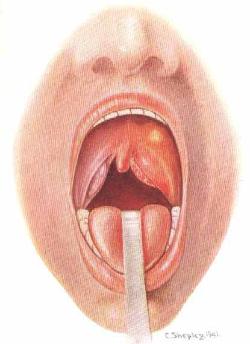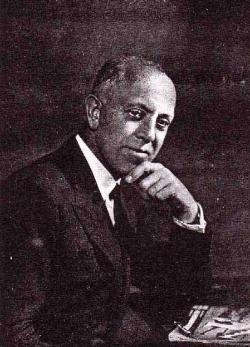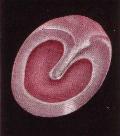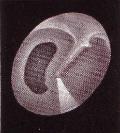Otorhinolaryngology: Treating Diseases of the Ear, Nose and Throat
A display in the Main Foyer, Ninewells Hospital & Medical School, 2003-5

During the 19th century, medical practice began dividing into separate specialisations, with diseases of the ear, nose and throat initially being treated separately. The first hospital devoted to ear diseases was established in 1816 by John Harrison Curtis (1778-1860); this became the Royal Ear Hospital in Soho. Advances in treatment were made by James Yearsley (1805-69) who realised that deafness could rise from the nose and throat, as well as from diseases of the ears. Following the development of the laryngoscope in 1855 by the Parisian Manuel Garcia, the study of the throat developed. Sir Morell Mackenzie (1837-1906) was a prominent British specialist who founded the Throat Hospital in London in 1863 and wrote The Laryngoscope in 1865. At the turn of the century the three specialities came together under the title Otorhinolaryngology (more commonly referred to as Ear, Nose & Throat or ENT).
The Department of Ear, Nose & Throat at Dundee Royal Infirmary
Dundee's ENT department first opened in 1879, with Dr R Sinclair as its first physician. Mr G T Guild joined as the first surgeon in 1899, with Mr Robert P Mathers taking over in 1912. A new ENT department opened in 1925, and Mathers became the first to develop ENT as a teaching subject for the Medical School at University College Dundee.

This exhibition features instruments from the ENT department (now called Otolaryngology) rescued by Mr B C Davis, consultant otolaryngologist at Ninewells Hospital & Medical School and donated to the Medical History Museum.
Mr Robert P Mathers (1885-1970)
Robert P Mathers was a well-known figure in Dundee medical circles, as senior aural surgeon at DRI and consultant in many other hospitals in the region. He studied medicine at Edinburgh University, where he obtained his MD degree and became a Fellow of the Royal College of Surgeons. Once a specialist, he continued his studies in Vienna and Philadelphia. In 1912 he took over the post of surgeon in the ENT department at DRI, and was also Senior Lecturer in Diseases of Ear, Nose & Throat at University College Dundee (then part of the University of St Andrews). From 1910 Mathers was a prominent member of the Forfar Medical Association, acting as General Secretary 1921-1931 and President 1948-9. Although Mathers retired from hospital practice in 1950, he continued his private work for some years. He died in 1970, aged 85.






Diagram of Tympanic Membranes from 'Diseases of the Nose, Throat & Ear' by I Simson Hall, 1941